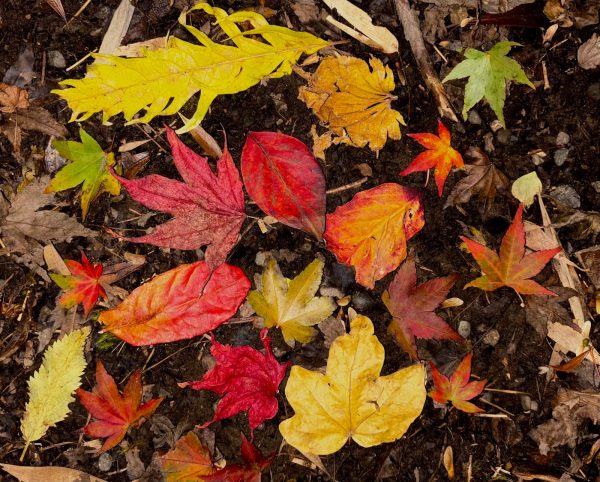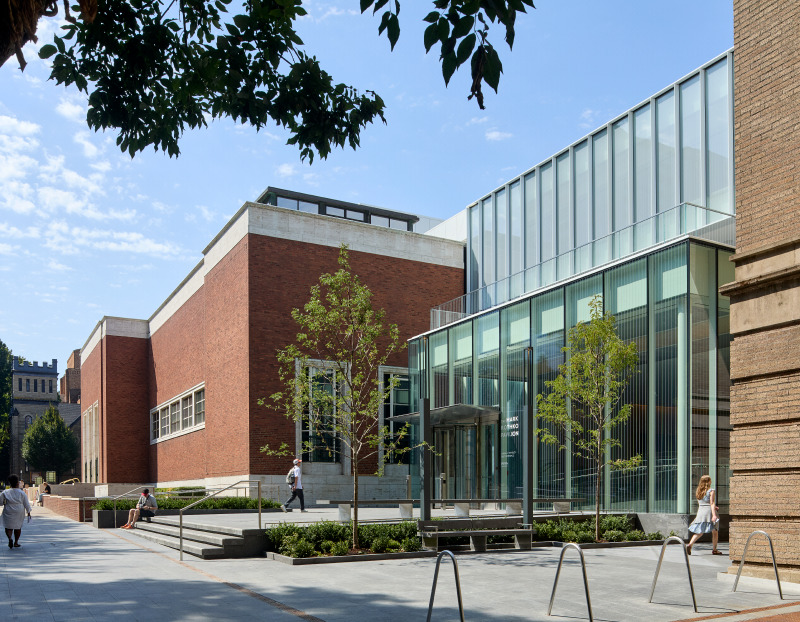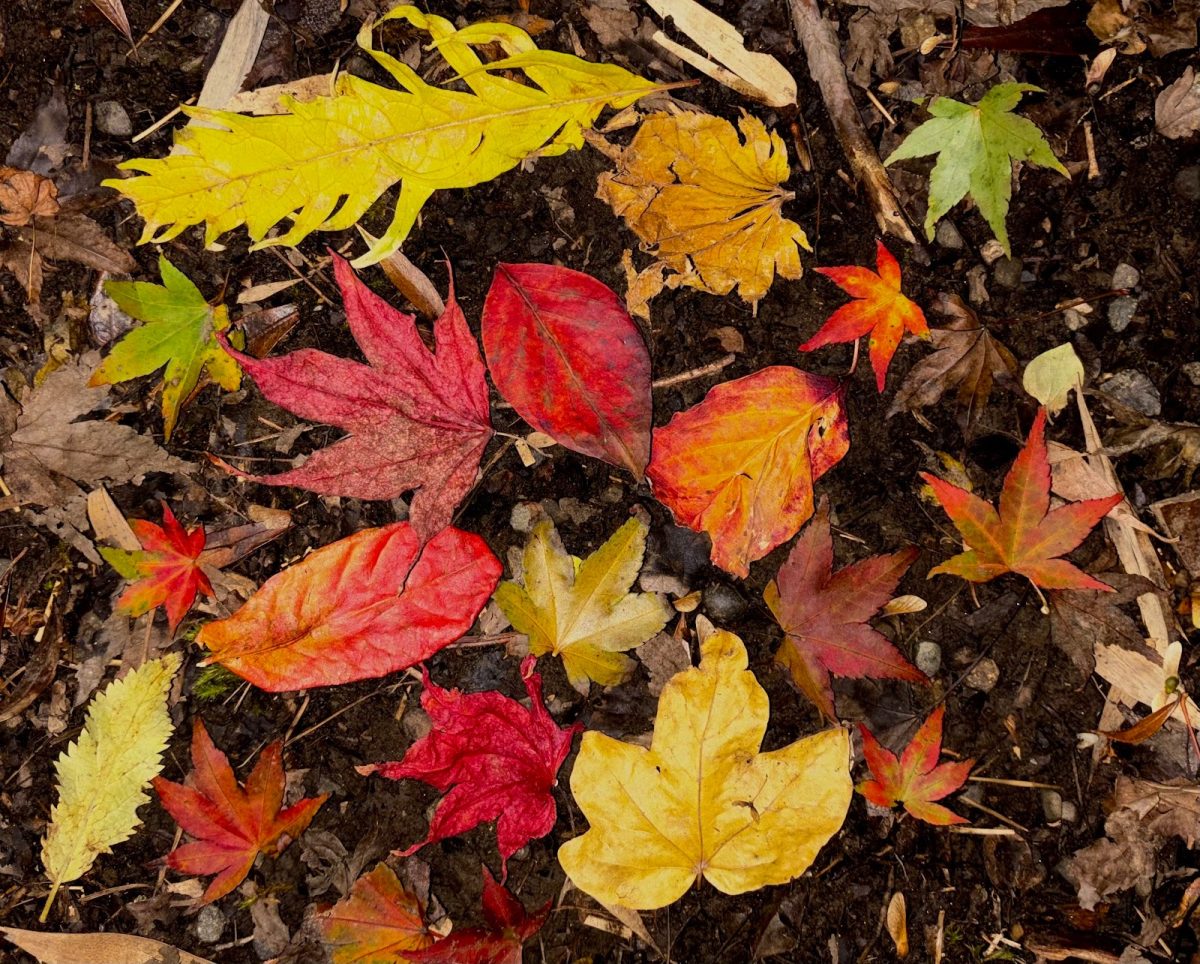
Now that the heat of summer has faded and the crisp scent of fallen leaves fills the air, autumn settles firmly in place, stirring different emotional responses. Whether its nostalgia, comfort, melancholy, or renewed inspiration, autumn evokes a unique emotional landscape. But what about this time of year sparks these feelings?
As the days grow shorter and the light softens, the world seems to slow down, inviting quiet reflection. Certain weather conditions — such as limited sunlight or cooler, damp environments — can link to increased feelings of fatigue, according to a 2008 study published in the “Emotion” journal of psychology. This reduction in daylight can influence circadian rhythms and serotonin levels, sometimes leading to seasonal affective disorder (SAD) — a type of depression linked to changing seasons and lack of sunlight. “Mild melancholy can sometimes be beneficial for creativity … but, it’s a dangerous territory where you don’t want to miss signs of depression,” said Nicole Dudukovic, the neuroscience major director at the University of Oregon. For those who do not experience SAD, the earlier sunsets and longer nights can bring a quiet sense of melancholy or introspection.
For many artists and writers, autumn is a deeply creative season. Dudukovic noted that sensory stimulants could be “particularly powerful triggers for memories,” and as memories can evoke inspiration, it’s not surprising that the combination of vivid colours, fading light, and emotional complexity can stir the creative spirit. Classic authors such as John Keats, with his evocative ode “To Autumn,” found poetry in the season’s fleeting beauty, celebrating richness and ripeness, even as it fades toward winter. There’s a sense of renewal hidden in decay, a promise that after letting go, something new will eventually bloom back to life. The season advances like a muse, reminding artists and dreamers alike that beauty often lies in impermanence and that ending can be the first step toward creation.
As the air turns crisp and leaves paint the ground in gold and red, autumn quietly reveals itself as the second planting season after spring. The soil remains warm enough to encourage root growth, while cooler temperatures and gentle rains create ideal conditions for new plants to thrive. Katrina Alfano, a display coordinator at Portland Nursery, summarizes a general trend of the “big, big resurgence of buying plant material now … especially before the cold and gray of winter.” Trees, vegetables, and conifers planted in autumn establish strong roots before winter, giving them a healthy start for when spring arrives. It‘s also the perfect time to tuck bulbs into the earth, so they can be ready to burst into colour when the seasons turn again.
“Deciduous plants start losing their leaves, they change colour in those leaves,” Alfano says, “everything slows down.” Alongside its wistful tones, autumn also brings a sense of emotional warmth. As each day gets colder, people naturally turn inward, seeking comfort through cozy rituals: wrapping themselves in soft blankets, sipping steaming mugs of tea and coffee, or lighting candles that glow against the early dusk. This nesting-like habit fosters feelings of safety, belonging, and contentment, a phenomenon described by the Danish as “hygge,” which celebrates the beauty of simplicity and the joys found in small, comforting moments. In autumn, this spirit of hygge seems to permeate daily life, encouraging us to slow down, savour the warmth, and find peace in the changing rhythm of the season.
Ultimately, autumn teaches us balance. It’s a reminder that change can be both beautiful and difficult, that endings make way for beginnings, and that there’s value in slowing down and embracing each moment as it comes. The seasons encourage a gentler pace, inviting us to reflect on what we’ve gathered, what we’ve outgrown, and what we’re ready to release. Its shifting light and cooling air remind us that transformation is a natural part of life’s rhythm, something to be accepted rather than resisted.
The emotional spectrum of autumn — from nostalgia to contentment, melancholy to renewal — mirrors the complexities of human experience itself, showing that loss and growth can coexist in harmony. In this way, autumn becomes not only a change in weather, but also a quiet teacher, guiding us toward acceptance, gratitude, and a deeper appreciation for the cycle of life.



































